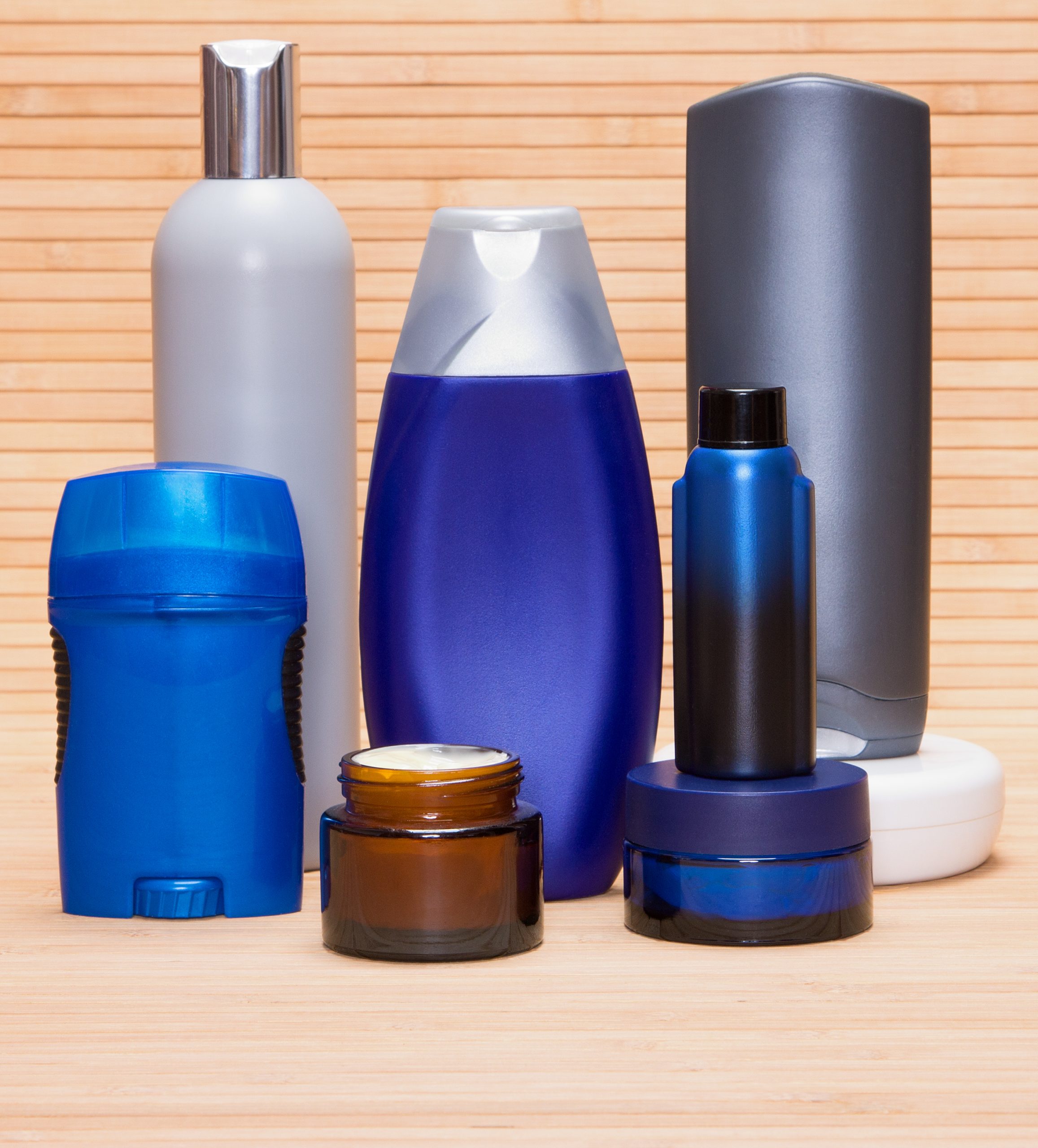Decamethylcyclopentasiloxane (C10H30O5Si5, CAS number: 541-02-6), also known as D5, is a volatile organosilicon based cyclic compound commonly found in the indoor air.
It is colorless and odorless and most often associated with personal care products, floor and wood cleaners, electronics, and finished furniture products. It is known for its fluidity and lubricating properties and is often found along with additional cyclic volatile methyl siloxanes such as octamethylcyclotetrasiloxane (D4) and dodecamethylcyclohexasiloxane (D6). Common personal care use includes shampoos, lotions, and deodorants/antiperspirants because of its effectiveness as an emollient that evaporates and does not leave any tackiness.

D5 can be found in emissions from laser and 3D printers, adhesives, paints, dry-cleaned materials, and silicone baking molds in addition to personal care products and polishing agents. Indoor air levels can reach 500 mg/m3 depending on the environment and sources.1–3
Decamethylcyclopentasiloxane is environmentally persistent and bioaccumulative and is toxic to aquatic animals. Human exposure occurs via dermal, inhalation, and oral routes.
Studies to date indicate the liver and the lung to be the vulnerable organs to D5 exposure as well as developing tumors.
Animal studies are prompting efforts to understand exposure relevance to people including potential cancer risks.4 Notably, when heated, various cyclopentasiloxanes can release formaldehyde, which has numerous health concerns including irritation of the skin, eyes, nose, and throat. High levels of exposure may contribute to certain cancers (myeloid leukemia, sinonasal and nasopharyngeal cancer).5 This formaldehyde release has been noted as an occupational hazard to people who work in hair salons.6
There are no regulated standards for acceptable indoor levels in nonindustrial environments such as our homes, offices, and schools.
Below is a list of some US and global organizations with recommended exposure limits/odor thresholds (Table 1).
| Organization or Standard | Application | Exposure Limit | Additional Information |
|---|---|---|---|
| AgBB | General air/ Indoor air | 1500 g/m3 | Ausschuss zur gesundheitlichen Bewertung von Bauprodukten (AgBB) sets Lowest Concentration of Interest (LCI) for VOC emissions from building products. LCI for D5 is 1500 g/m3. |
| AIHA | Occupational | 10 ppm 151,640g/m3 | American Industrial Hygiene Association (AIHA) has Workplace Environmental Exposure Levels (WEELs) which are set to protect against acute and chronic health effects of workers with 8-hour workdays. Occupation exposure limit for D5 is 10 ppm (151.64 mg/m3). |